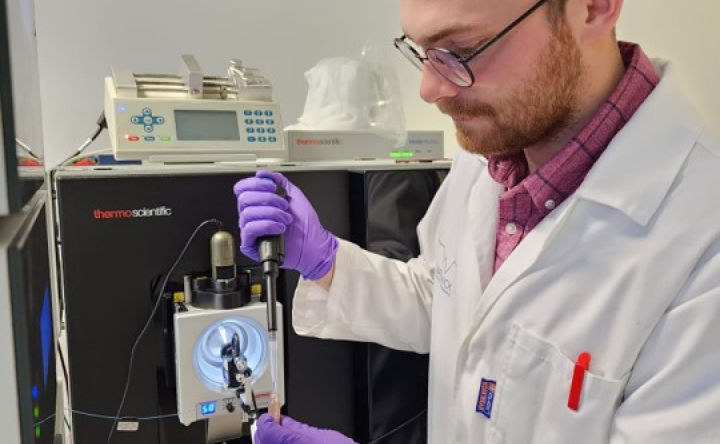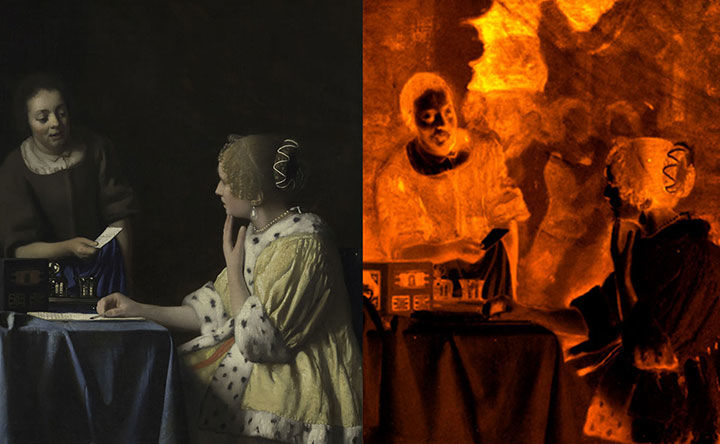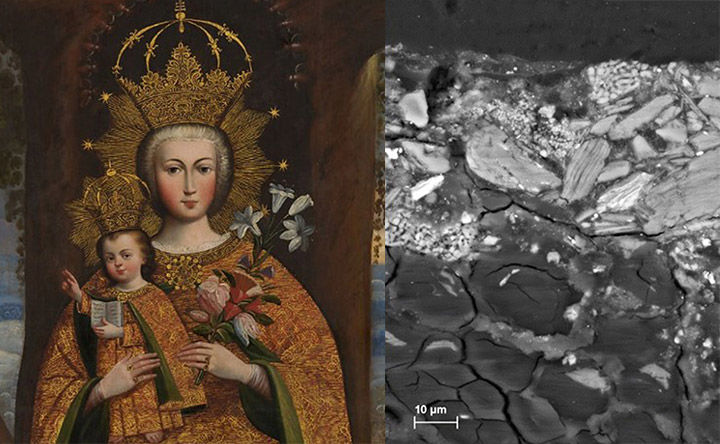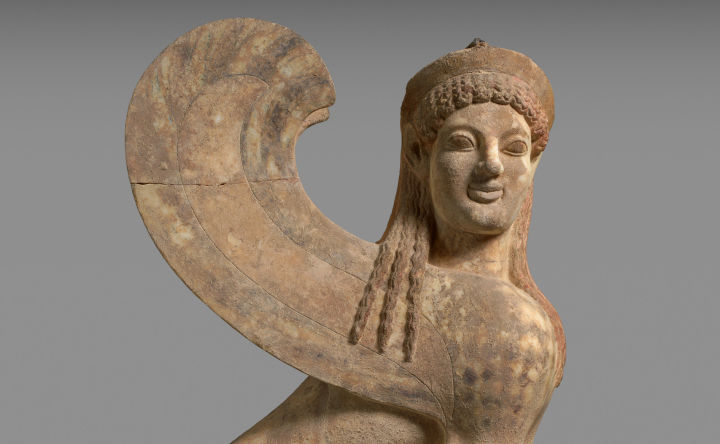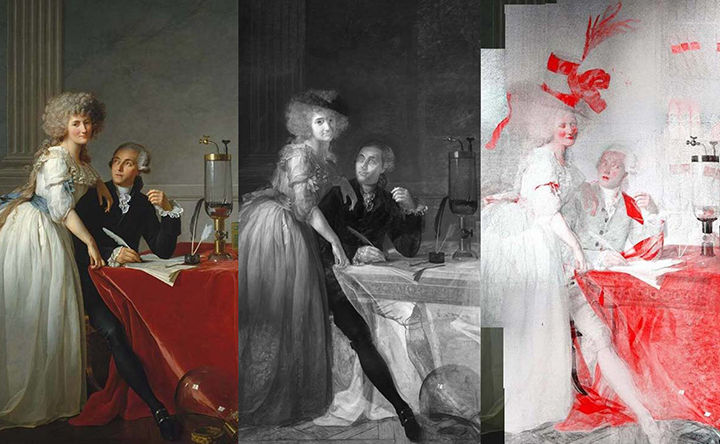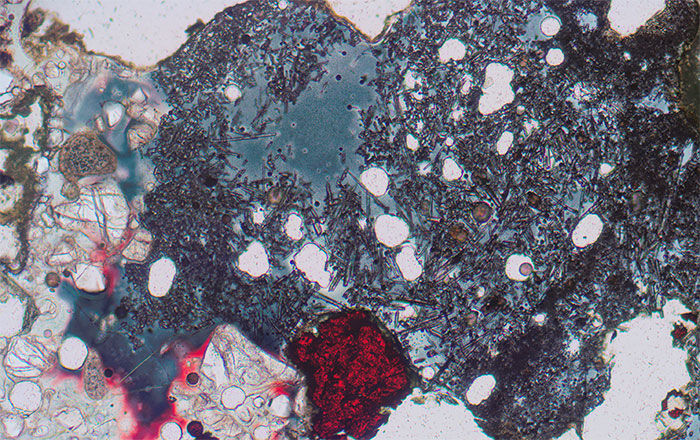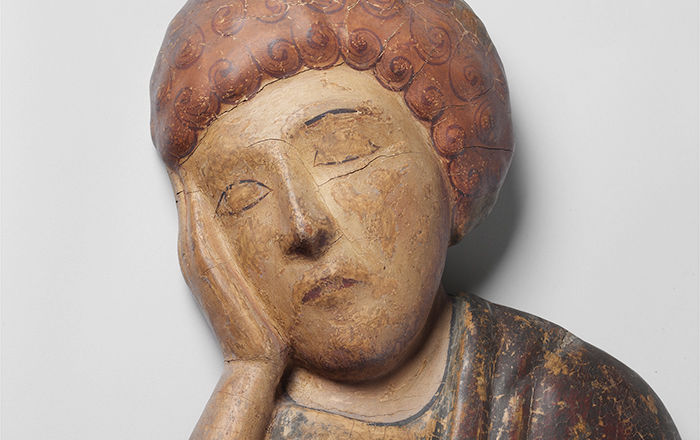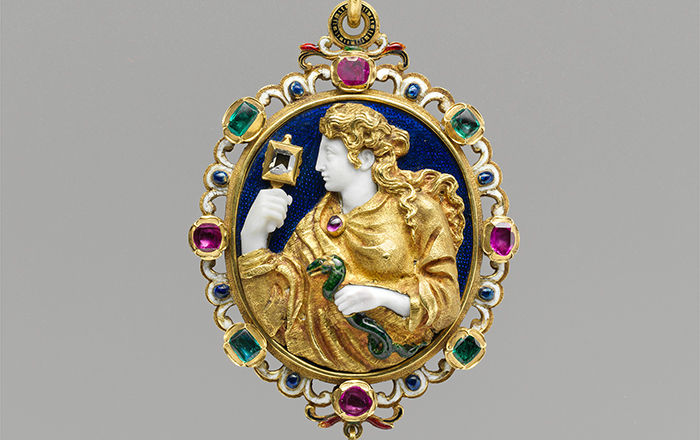
Research Projects
Explore the department’s research activities through featured project abstracts.
The Chemistry Behind the Oddy Test
Developing new approaches in assessing the use of conservation materials for displaying, transporting, or storing art.
The Inside (and Outside) Scoop
Learn about the intensive analysis undertaken by The Met’s Department of Scientific Research to determine what foods were stored in nineteenth-century stoneware jars produced by enslaved artisans from Old Edgefield, South Carolina.
Cutting Through the Fat
Following analysis of food sources in stoneware vessels from the Old Edgefield District, South Carolina, an innovative approach probes the composition of trace food residues through close collaboration of The Met’s Department of Scientific Research and the University of Bordeaux through ARCHE.
Scientific Discoveries in Johannes Vermeer’s Mistress and Maid Put Perennial Misunderstandings To Rest
Scientists, a conservator, and an art historian at The Met, The Frick Collection, and the Doerner Institut team up to investigate changes to the composition and the discoloration of some paint passages.
Plant Ash in Ground Preparations: Morphological Identification Uncovers Novel Artistic Patterns in Baroque Paintings from Spain, North and South America
The study of material derived from ash used in the ground preparations of paintings by both Spanish and Latin American artists in the Baroque period sheds new light on the spread of artistic practices beyond Spain.
Ancient Greek Sculpture in Color
A collaboration reveals new research on an archaic Greek sphinx finial at The Met.
Refashioning the Lavoisiers
A team of experts from across The Met gains new understanding of Jacques Louis David's iconic portrait.
Revealing Madame X
Researchers at The Met describe methods used to uncover the artist John Singer Sargent's creative process.
Casting for the King: Archaeometallurgical Study of the Royal Palace Bronze Workshop of Angkor Thom, Cambodia
An archaeological excavation has discovered the location of the first historical bronze workshop in all Southeast Asia.
Developing Tools and Methods for Selecting Materials to Display, Store, and Transport Art
The Preventive Conservation Science Laboratory (PCSL) is addressing widespread collections-care issues by developing a new test for the assessment of construction, storage, and display materials for use with organic objects.
From Immunology to Art: Antibody Research in the Conservation Sciences
Antibody-based techniques are applied in the field of conservation science to identify and localize the various kinds of proteins used in objects of cultural heritage, revealing insights into materials and techniques used by artists and craftspeople.
From Quarry to Sculpture: Understanding Provenance, Typologies, and Uses of Khmer Stones
A petrographic and geochemical study of Khmer sculptural production of the pre-Angkor and Angkor periods.
Identifying Natural Dyes to Understand a Tapestry's Origin
The dye used in a Latin American Colonial textile from the sixteenth to seventeenth century is examined in order to determine the textile's origin.
Investigation of Heavy-Metal Soap Deterioration in Oil Paintings
A major goal of this project is to determine the causes and mechanisms of a degradation process in traditional oil paintings known as soap formation.
Investigating the Formation and Structure of Lead Soaps in Traditional Oil Paintings
Lead and other heavy metal soaps have been detected and reported to be the cause of deterioration in hundreds of oil paintings dating from the fifteenth to the twentieth centuries. Understanding the nature of the chemical processes gives art conservators information on ways to slow, stop, and prevent the deterioration of unique works of art.
Renaissance Enameled Gold Jewelry: Distinguishing Between Old and New
The enamel compositions from a group of well-dated enameled gold jewelry were chemically analyzed to help distinguish between authentic Renaissance period pieces and later pieces done in Renaissance style.
Keep Exploring
Conservation at The Met
The Metropolitan Museum houses a world-renowned complex of scientific research and conservation facilities, each of which serves as a training ground for conservators across a variety of specializations from around the world. This project list provides a small sample of conservation research activities across the Museum.


